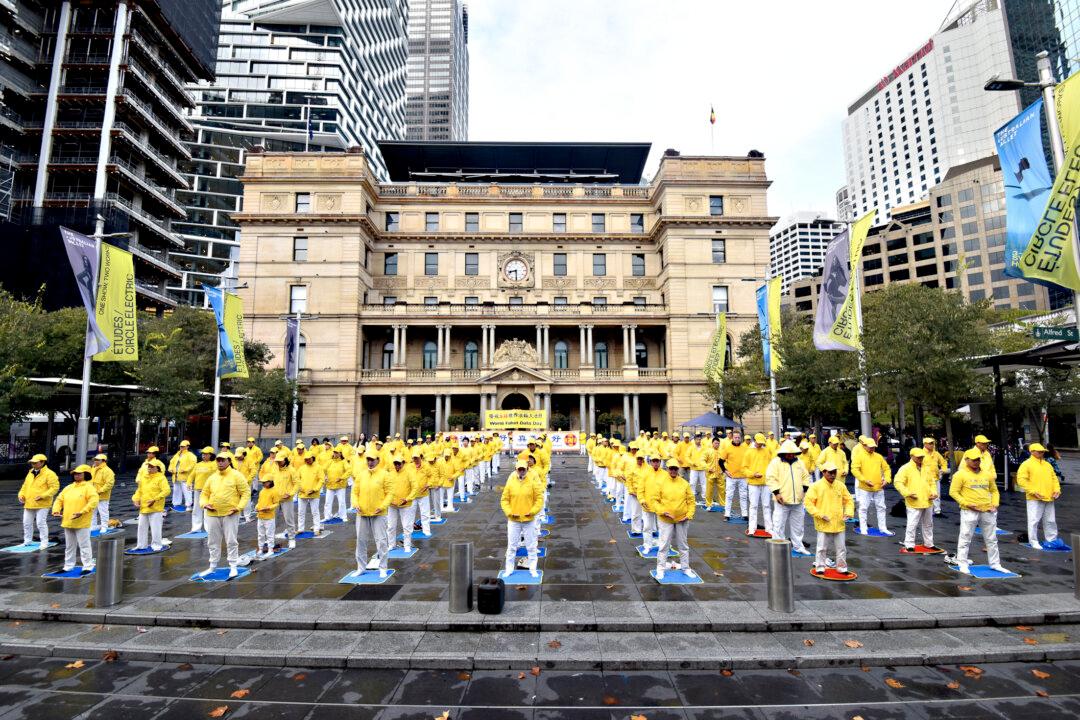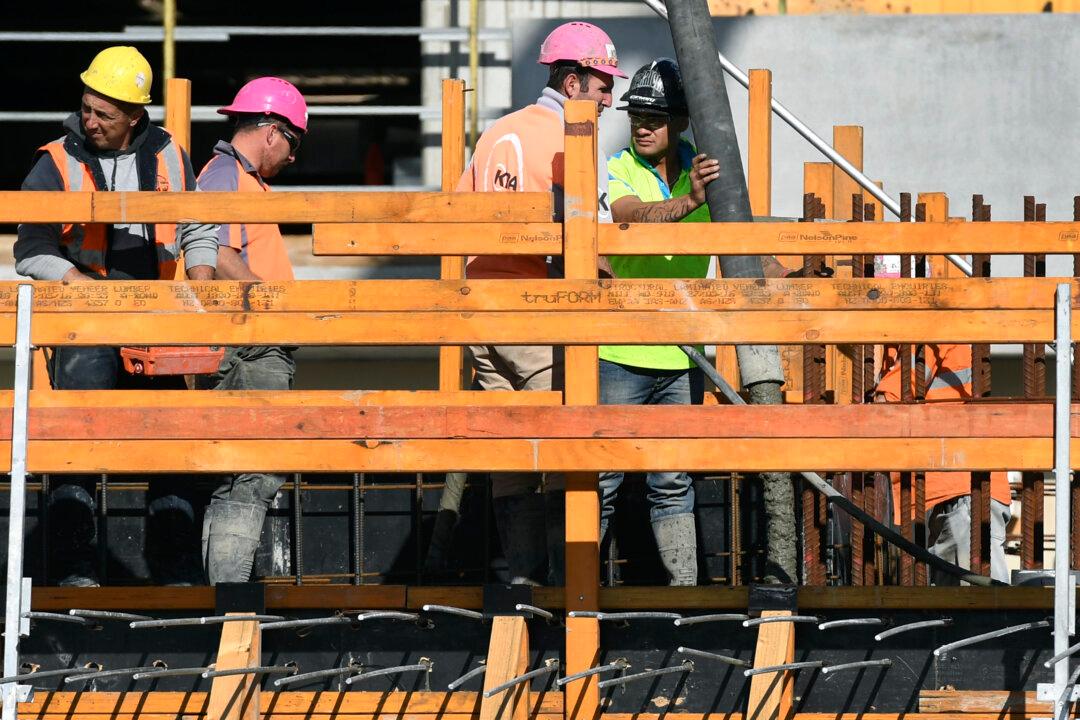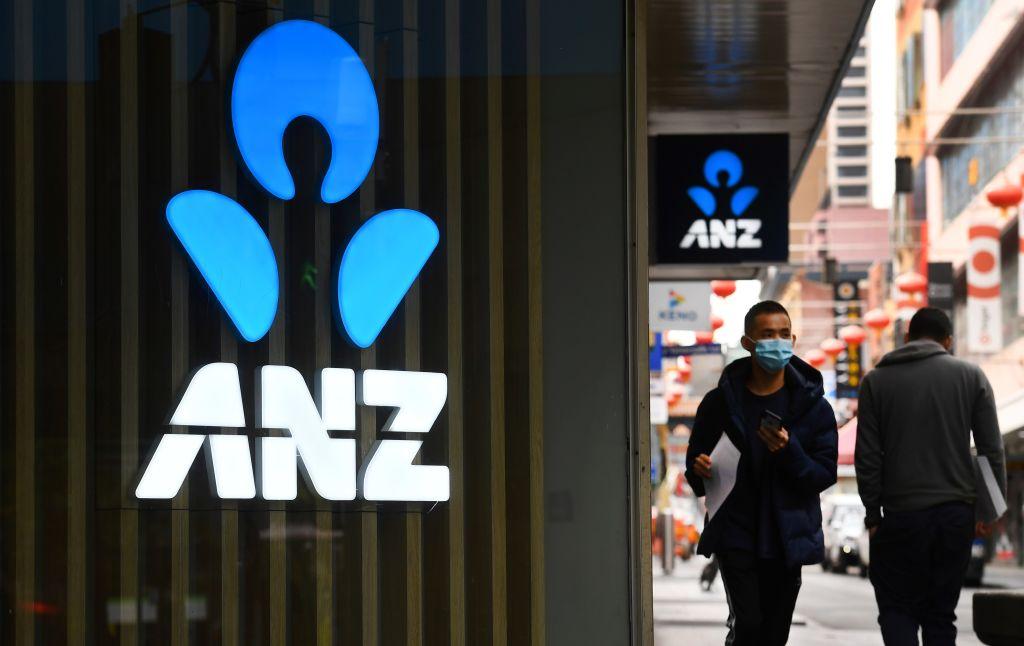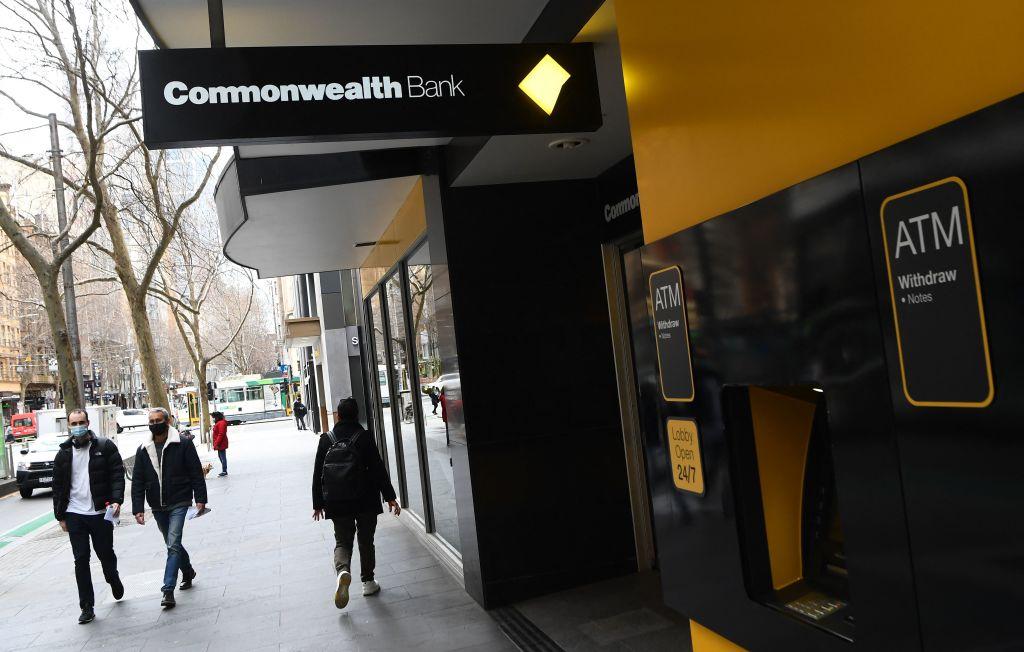First home buyers and low-income borrowers in Australia will have a more difficult time breaking into the housing market after the Australian Prudential Regulation Authority (APRA) decreased their potential borrowing capacity.
The move by APRA to increase the minimum interest rate buffer on home loans from 2.5 percent to 3 percent from the end of October was designed as a way to quell Australia’s red hot housing market. APRA estimates that the increase will reduce maximum borrowing capacity for a first home buyer or low-income earner by around 5 percent.





